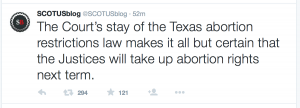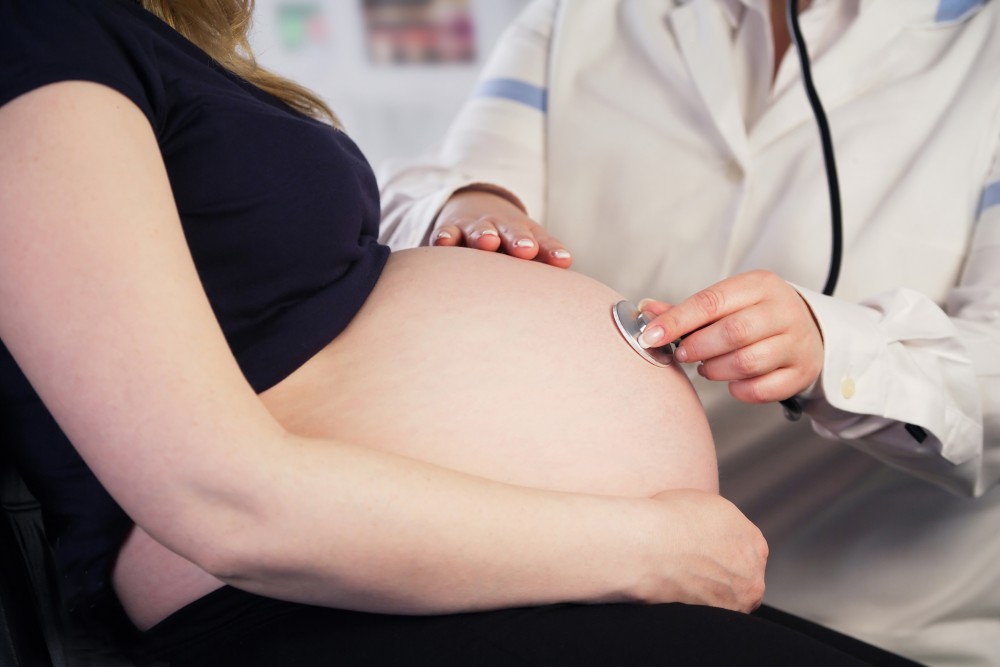The Supreme Court of the United States has granted Texas abortion clinics a reprieve, allowing several abortion facilities to stay open, while the high court decides whether to hear an appeal. Facilities began to close before HB 2 was scheduled to go into full effect on July 1.
Chief Justice John Roberts and justices Samuel Alito, Antonin Scalia and Clarence Thomas voted to allow the clinics to close as scheduled. In a 5-4 vote, the Court decided to grant clinics an emergency appeal.
HB 2 has been through a series of appeals, but landed at the Fifth U.S. Circuit Court of Appeals earlier this month, where it was upheld. The U.S. Supreme Court granted the abortion lobby’s only hope today by halting the Texas pro-life law.
The ruling also provides a glimpse into the law’s likely future. Associated Press reporter Mark Sherman writes:
“The court’s decision to block the regulations is a strong indication that the justices will hear the full appeal, which could be the biggest abortion case at the Supreme Court in nearly 25 years.”
When the Fifth Circuit panel upheld HB 2, it cited the landmark 1973 abortion case Roe v. Wade, “which while establishing abortion as a right also noted that states could restrict access if given a compelling interest.”
Now those interests may be heard by the high court, which indicated it may revisit the issue of abortion. SCOTUS Blog tweeted:

At issue is a provision of HB 2 that requires abortion facilities to uphold medical safety standards. The law also mandates hospital admitting privileges for abortionists.
Pro-abortion attorneys say enforcing the law would actually close 75 percent of all Texas abortion clinics in just two years, “creating a severe shortage of safe and legal abortion services in a state that is home to more than five million reproductive–age women,” The New York Times reports.
Instead, the Supreme Court has decided to allow abortions to continue, even though some abortionists may not be able to admit a woman to a hospital in the case of abortion complications. While this is a likely indicator that the court will take on abortion in its next term, it is a frightening reality for women who may suffer abortion complications in one of these facilities and not be able to get immediate medical care.







